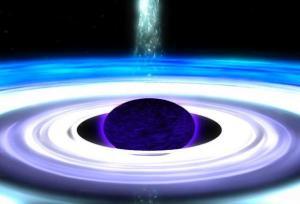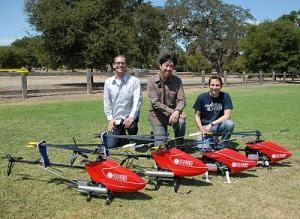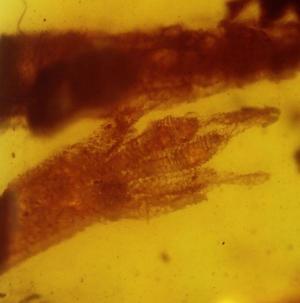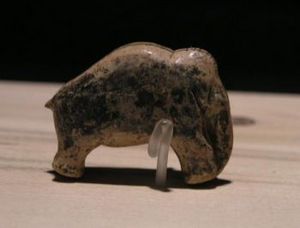Astronomers have taken the closest look ever at the giant black hole in the center of the Milky Way. By combining telescopes in Hawaii, Arizona, and California, they detected structure at a tiny angular scale of 37 micro-arcseconds - the equivalent of a baseball seen on the surface of the moon, 240,000 miles distant. These observations are among the highest resolution ever done in astronomy.

|
| ©NASA
|
| This image is from a computer animation illustrating a spinning black hole. The close-up view here represents the immediate vicinity of the black hole, with the event horizon depicted as a black sphere. The surrounding disk of gas, represented by white and blue rings, whirls around the black hole. The white column over the pole of the black hole represents a jet of gas being ejected from the vicinity of the black hole at nearly the speed of light.
|
"This technique gives us an unmatched view of the region near the Milky Way's central black hole," said Sheperd Doeleman of MIT, first author of the study that will be published in the Sept. 4 issue of the journal
Nature.
"No one has seen such a fine-grained view of the galactic center before," agreed co-author Jonathan Weintroub of the Harvard-Smithsonian Center for Astrophysics (CfA). "We've observed nearly to the scale of the black hole event horizon - the region inside of which nothing, including light, can ever escape."
Using a technique called Very Long Baseline Interferometry (VLBI), a team of astronomers led by Doeleman employed an array of telescopes to study radio waves coming from the object known as Sagittarius A* (A-star). In VLBI, signals from multiple telescopes are combined to create the equivalent of a single giant telescope, as large as the separation between the facilities. As a result, VLBI yields exquisitely sharp resolution.





Comment: Once in a while the overwhelming majority of the scientific community happens to be in error. Then a scientific revolution follows - if humanity survives the error. On August 10 R. Plaga submitted a paper "On the potential catastrophic risk from metastable quantum-black holes produced at particle colliders" where he remarked that: On August 29 Goldings and Magnano submitted "Comments on claimed risk from metastable black holes" where they reassured us that "it was argued that a hypothetical metastable black hole scenario could pose collider risk not excluded by our previous study. We comment on inconsistency of this proposed scenario."
This reminds us of past history when the majority of the scientific community assured us that the Earth is flat and that the scenario of Earth being round is inconsistent for the simple reason that people on the other side would be falling down.